detail profile glenn barit

Glenn Barit
Karl Glenn Barit
atau dikenal sebagai
Info Pribadi
Peran Yang Di Mainkan Glenn Barit
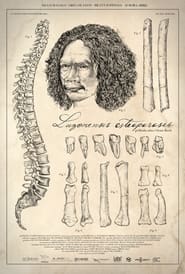 Luzonensis is a prehistoric hominid who...
Luzonensis is a prehistoric hominid who...Luzonensis Osteoporosis 2022
Luzonensis is a prehistoric hominid who is about to leave overseas to be a migrant worker. Hours before departing, he discovers that his passport is missing. Together with his father, they retrace their path to find it. Luzonensis ponders on who he is and his place in this country as their backs ache along the way.
 The narrator talks about leaving Manila...
The narrator talks about leaving Manila...Things I'll Tell You 2022
The narrator talks about leaving Manila to escape the pandemic, but she realizes that she cannot really get away from it. A person talks about being inside a quarantine facility after testing positive. Another person shares her fear of getting pregnant due to the lack of proper healthcare. The narrator goes back to Manila, only to realize that her fears will always follow her but she can do something about it.
 Teenager Henry begins longing for another...
Teenager Henry begins longing for another...Henry 2021
Teenager Henry begins longing for another life when he visits a mansion's construction site to seek compensation for his older brother's work injury.
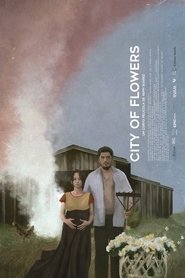 As the city of Zamboanga celebrates...
As the city of Zamboanga celebrates...City of Flowers 2021
As the city of Zamboanga celebrates the Feast of the Nativity of Mary, a couple tries to survive to survive the drought that has been wrecking havoc on their flower farm and raise enough money for the wife's imminent childbirth. Meanwhile, a tragedy – which will be later be known as the 2013 Zamboanga Siege – is about to strike.
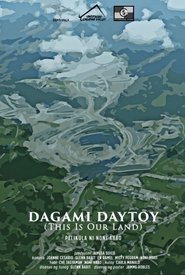 Years of destruction to the rich...
Years of destruction to the rich...Dagami Daytoy 2019
Years of destruction to the rich, ancestral land, culture, and relationships in Nueva Vizcaya by a large-scale foreign mining company has divided the people, but has also summoned the collective strength of the mountains and the community to rise up. The Didipio community of Twali-Ifugao indigenous people put their stakes in setting up a barricade and risk to continue the fight for their life, honor, and land.
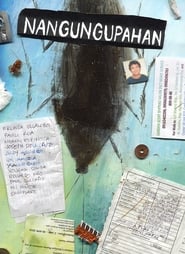 Nangungupahan follows the different lives of...
Nangungupahan follows the different lives of...Who Rents There Now? 2018
Nangungupahan follows the different lives of people who occupy a room of an apartment through different points in time. The room may mean differently to each occupant; and by overlapping these timelines, we gain insight about our shared space and history, as well as the bigger structures outside that affect us.
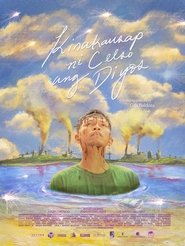 After discovering a hidden clause in...
After discovering a hidden clause in...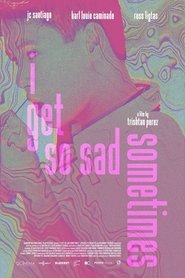 In the small town of Pagadian...
In the small town of Pagadian...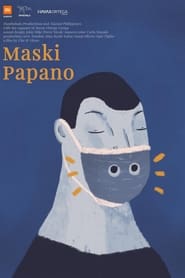 After getting disposed of a facemask...
After getting disposed of a facemask... Different students from a high school...
Different students from a high school...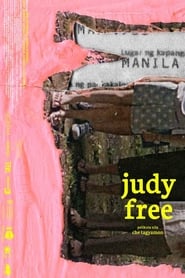 A young girls reality is intruded...
A young girls reality is intruded...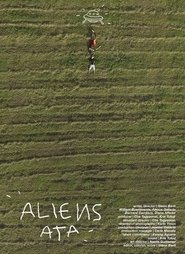 After losing both parents two brothers...
After losing both parents two brothers...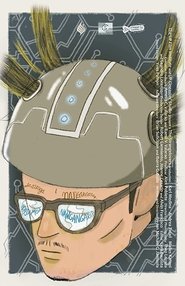 A machine capable of recording ideas...
A machine capable of recording ideas...